Cheque rules change: High value cheques to bounce if you don't inform bank, details here
Sat 28 Aug 2021, 16:35:31
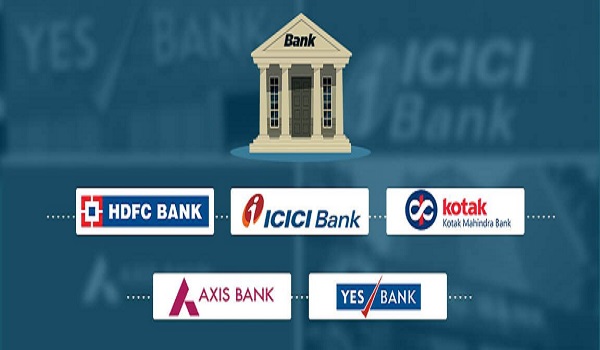
With the ever-increasing cases of bank fraud in the country, the Reserve Bank of India (RBI) had introduced the Positive Pay System in January of 2021. It was essentially rolled out as a tool designed to detect fraudulent activity. This is done by matching specific information related to the cheque that is issued by you, the issuer, for clearing. As per the new rule, customers who are looking to issue cheques will have to inform their respective banks about the cheque details via net/mobile banking or a physical visit to the branch. If the issuer fails to inform the bank prior to the cheque being issued, then the cheques will bounce. This could prove a hurdle for senior citizens or people who are unfamiliar with online/net banking. Alternatively, some banks also offer their customers the facility to inform about the cheque via SMS, ATM or even email.
The information that needs to be verified includes such things as the cheque number, cheque date, payee name, account number, the amount, amongst other key details. This is then verified against the previous cheques issued by the issuer. Quite a few of the major banking institutions in the country have taken to this rule and made it a mandatory part of their cheque verification process, especially for high-value cheques.
The RBI had directed banks in India to implement this system of verification starting from January 1, 2021, to safeguard all parties involved from fraud activity. The RBI had initially issued the notice last year for all banks in regards to the verification of cheques amounting to Rs 50,000 and above, at the discretion of the account holder. However, the RBI conveyed that the banks in question could consider making it mandatory for cheques above Rs 5 lakhs as well.
In September of 2020, the Chief General Manager of RBI, P Vasudevan said in a
notice, "The concept of Positive Pay involves a process of reconfirming key details of large value cheques. Under this process, the issuer of the cheque submits electronically, through channels like SMS, mobile app, internet banking, ATM, etc., certain minimum details of that cheque (like date, name of the beneficiary/payee, amount, etc.) to the drawee bank, details of which are cross-checked with the presented cheque by CTS. Any discrepancy is flagged by CTS to the drawee bank and presenting bank, who would take redressal measures."
notice, "The concept of Positive Pay involves a process of reconfirming key details of large value cheques. Under this process, the issuer of the cheque submits electronically, through channels like SMS, mobile app, internet banking, ATM, etc., certain minimum details of that cheque (like date, name of the beneficiary/payee, amount, etc.) to the drawee bank, details of which are cross-checked with the presented cheque by CTS. Any discrepancy is flagged by CTS to the drawee bank and presenting bank, who would take redressal measures."
"National Payments Corporation of India (NPCI) shall develop the facility of Positive Pay in CTS and make it available to participant banks. Banks, in turn, shall enable it for all account holders issuing cheques for amounts of ₹50,000 and above. While availing of this facility is at the discretion of the account holder, banks may consider making it mandatory in case of cheques for amounts of ₹5,00,000 and above," he added.
Many of the country's leading banks have implemented this new practice. These banks include the likes of Axis Bank, the State Bank of India (SBI), Kotak Mahindra Bank, ICICI Bank, Bank of Baroda and HDFC Bank. Each of these banks has its own procedure for the clearing of the cheques. However, there is one common factor that customers/cheque issuers should keep in mind. For high-value cheques, if they are not pre-registered as per the guidelines, it will result in the cheque bouncing. The RBI had stated that only cheques registered under the Positive Pay System will be accepted under the dispute resolution mechanism.
"Only those cheques which are compliant with above instructions will be accepted under dispute resolution mechanism at the CTS grids. Member banks may implement similar arrangements for cheques cleared/collected outside CTS as well," said Vasudevan.
No Comments For This Post, Be first to write a Comment.
Most viewed from Business
AIMIM News
Latest Urdu News
Most Viewed
May 26, 2020
Who will win The 2025 ICC Women's Cricket World Cup?
Latest Videos View All
Like Us
Home
About Us
Advertise With Us
All Polls
Epaper Archives
Privacy Policy
Contact Us
Download Etemaad App
© 2025 Etemaad Daily News, All Rights Reserved.

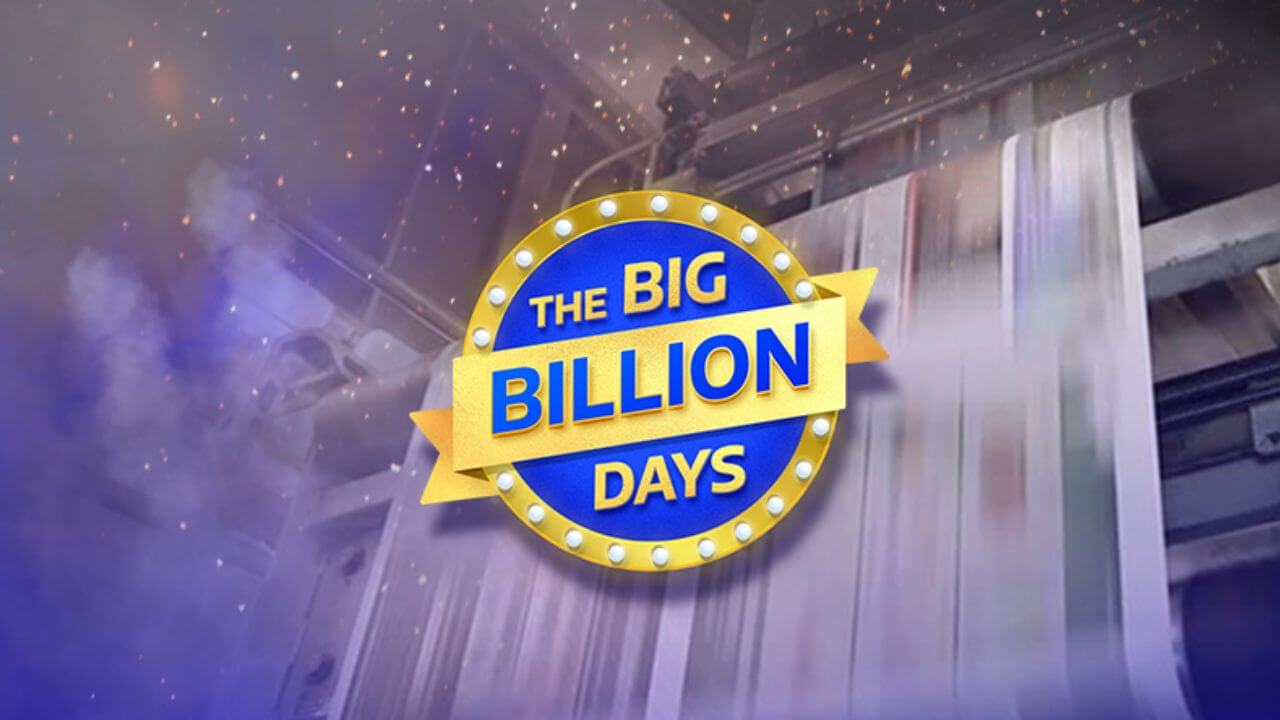
.jpg)
.jpg)
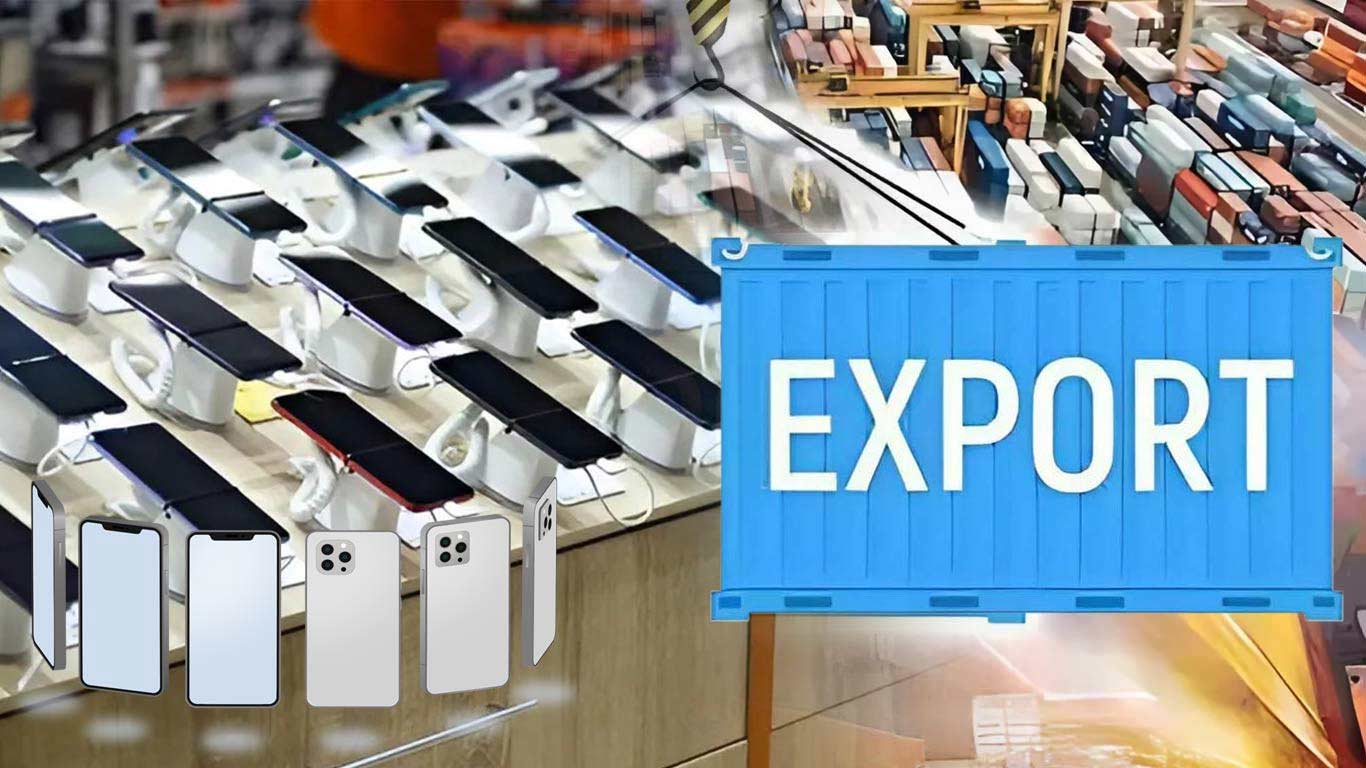
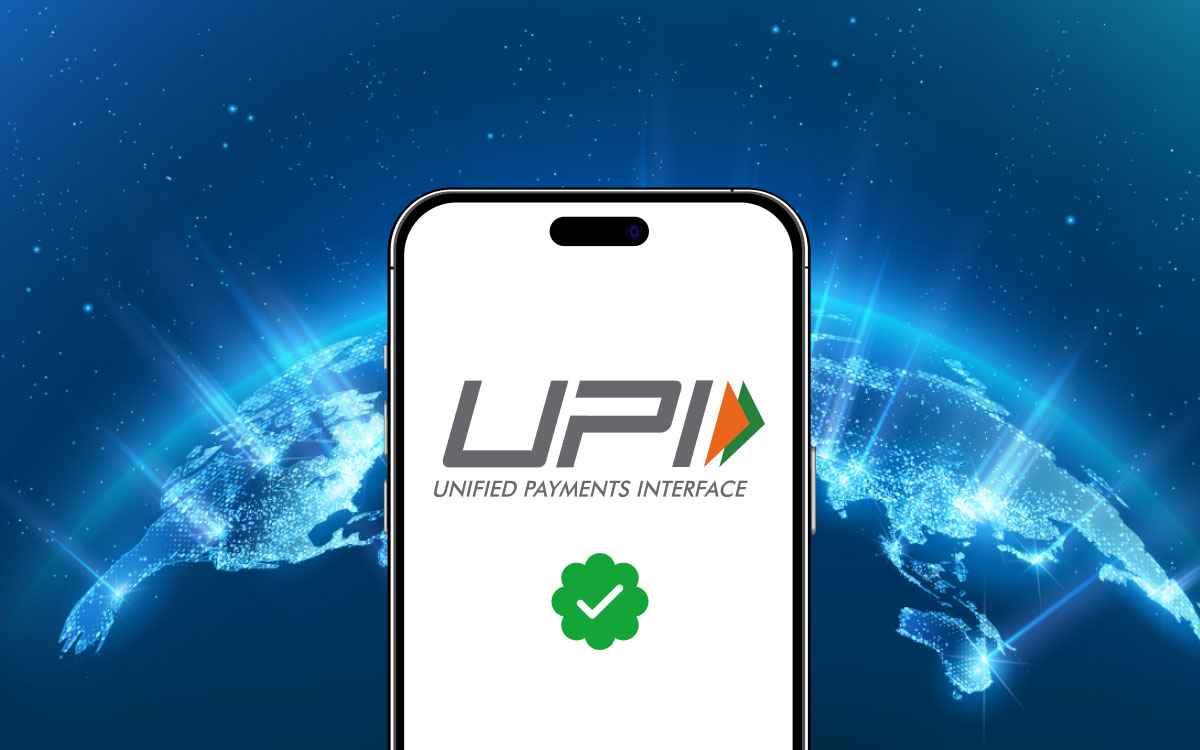
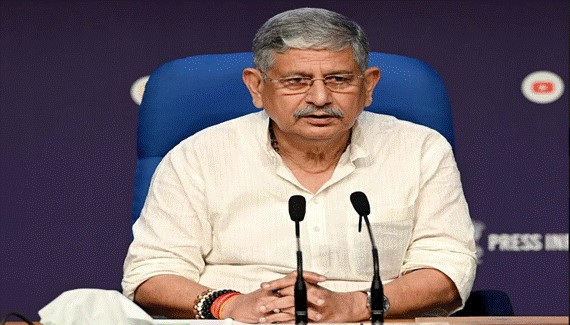

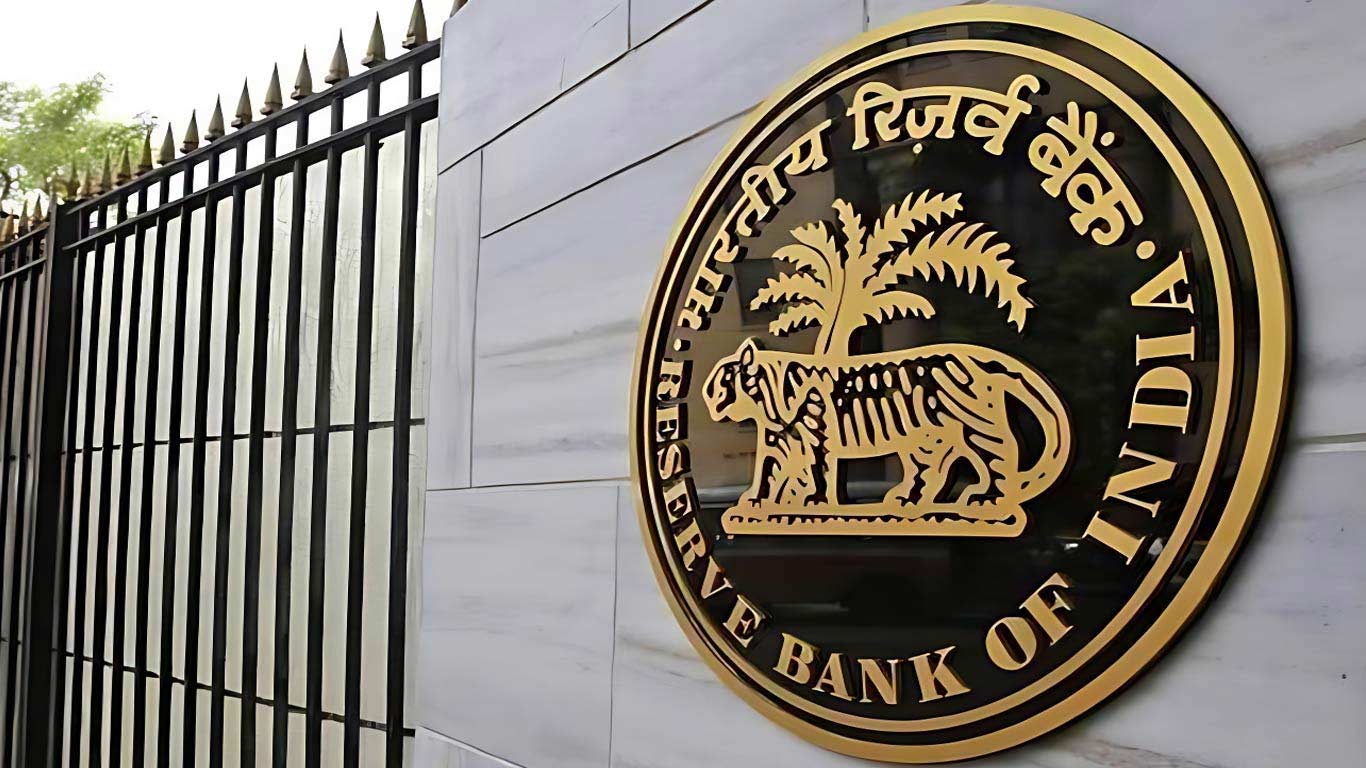


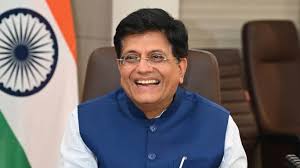
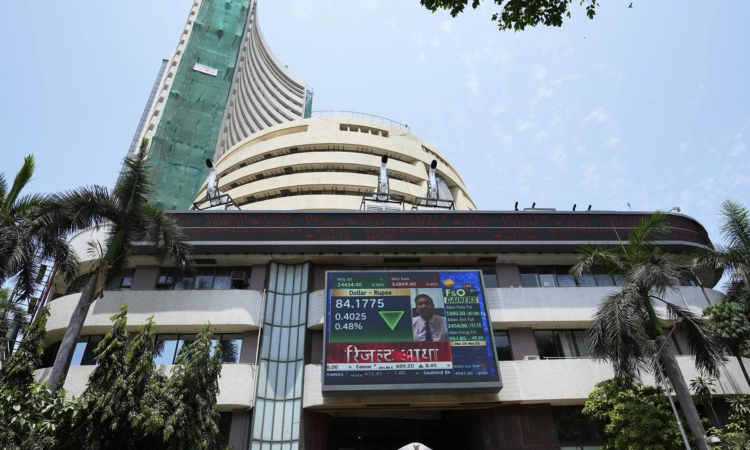












.jpg)
.jpg)
.jpg)


